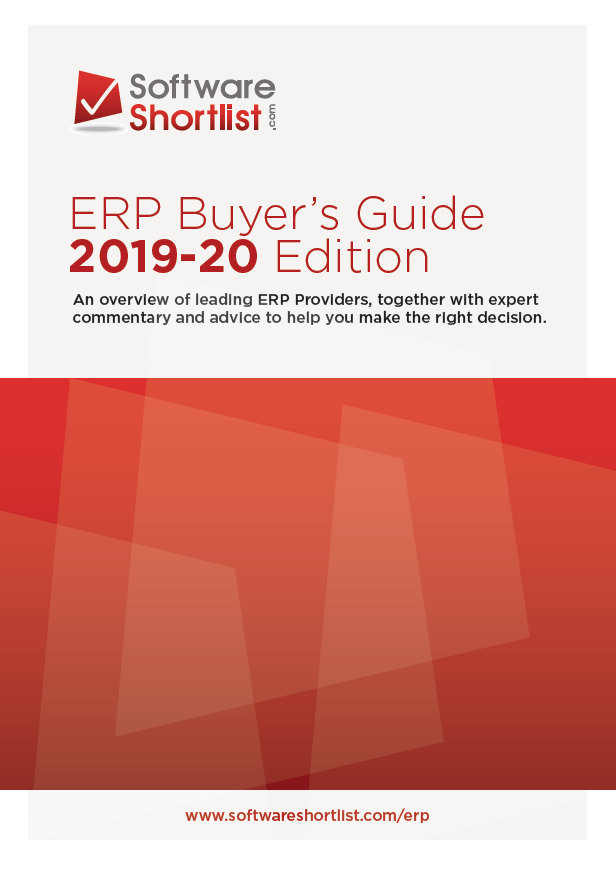Is cloud a good idea when on-premise works better? That’s a ‘no’…
 With the wave of enthusiasm for cloud software having well and truly broken, there is another problem creeping into the industry. Without any rhyme or reason, many customers are requesting ‘cloud’ purely for the sake of the software being cloud. And that could cause unnecessary complications including poor fit, insufficient capability and even completely botched implementations.
With the wave of enthusiasm for cloud software having well and truly broken, there is another problem creeping into the industry. Without any rhyme or reason, many customers are requesting ‘cloud’ purely for the sake of the software being cloud. And that could cause unnecessary complications including poor fit, insufficient capability and even completely botched implementations.
That’s according to Simon Bishop, director at Inecom Technology Partners, a provider of cloud and on-premise ERP solutions to the Australian market. “People approach us and say, ‘I want a cloud solution’, but that’s the old mistake of looking to implement technology for technology’s sake. Whenever you’re looking for enterprise solutions, the first concern should be ‘I have this problem, how can we solve it’.”
Bishop has a good point. With the landscape littered with the ruins of failed technology projects, in which blown ERP initiatives routinely feature, any potential contributing cause to unmet expectations should be closely examined and where possible eliminated.
“Whether your ERP software is cloud or on-premise is not primarily important. What is important, is if it provides the required functionality. In some cases, a cloud solution will fit that bill. In others, it’s possible it will not,” Bishop added.
In a nation in the throes of a controversial rollout of the NBN and where connectivity can be either expensive, unreliable or both, the relative merits of on-premise versus cloud are perhaps starker. And for those who have taken the bait that cloud represents a cost saving, there is a further dose of medicine, courtesy of Gartner analyst Denise Ganly (“Analysis shows that there will be a cost crossover as early as three years, but more typically in four or five, after which ongoing costs will be more, so it is not cheaper.”)
Particularly – but not exclusively – those who are looking to implement ERP for the first time tend to be strongly in favour of ‘going cloud’ for little reason other than its trendiness. This, added Bishop, is compounded by an expectation that installing ERP is akin to downloading an app. “It won’t be any shock to the old hands that nothing can be further from the truth; but however unrealistic for those who live in the app environment of today, this is the expectation.”
Systems of record just aren’t like that. They are not there primarily for ‘customer experience’ or even ‘user experience’ (although vendors in a competitive environment are increasing the focus on these attributes), they are there to make sure complex businesses are able to run efficiently.
And Bishop also said blurred lines between what ERP is and what constitutes an accounting package can also make for shocks to the system of growing businesses. “You can configure a Xero or MYOB AccountRight in a few hours, even with add-ons for Inventory or what have you, with an API driving information backwards and forwards.”
But put simply, he noted that accounting systems aren’t built for complex processes; introducing add-ons can also have the effect of putting off the day when a full ERP solution is recognised as the appropriate way forward. “However, growing businesses are often horrified to learn that it can take five or ten days to implement finance, 25 to 35 for distribution and the same again for the warehouse. An ERP is a much more considered solution, capable of handling multiple people accessing multiple applications with the same data simultaneously whilst ensuring it meets long term requirements,” Bishop explained.
It is no coincidence that Inecom, in an effort to bring clarity to these issues, is hosting a free half-day ERP Fundamentals seminar at the Novotel in Glen Waverly, Melbourne, which Bishop said is targeted at C-level executives.
The event provides ‘a transparent update’ and a bit of a dive into a couple of products, SAP Business One and MYOB Advanced, while setting expectations not only for what ERP can and should do, but also on what can be expected when deploying it.
For more information or to register.



